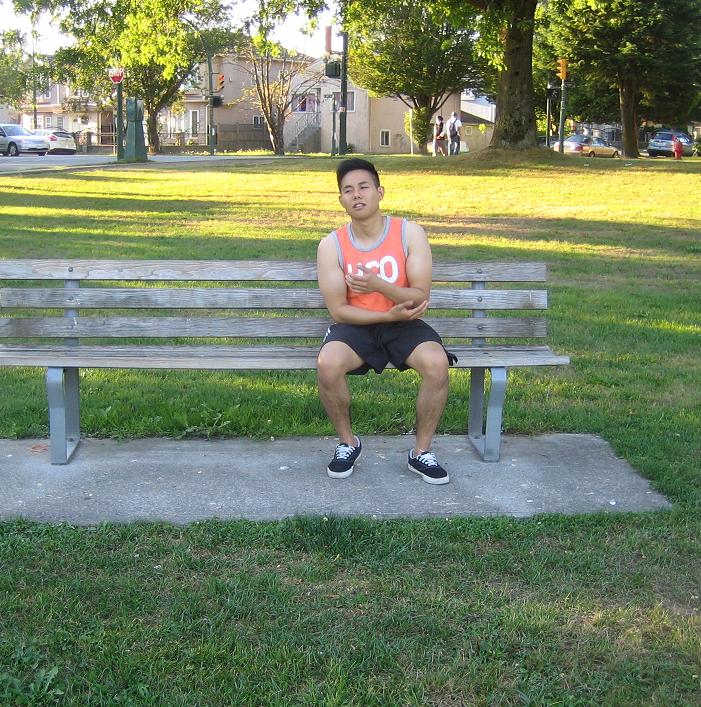A small vessel stroke involves disruption in the flow of blood in a small artery in the brain. The arteries branch out into smaller capillaries that provide oxygenated blood to a small region of the brain. If an individual experiences a small vessel stroke, a region of the brain being supplied by the small blood vessel is damaged.
Remember that the arteries provide oxygenated blood to the brain. Due to the arrangement of the arteries, the large ones enter the brain and divide which branches out into smaller arteries and capillaries to supply adjacent areas of the brain with oxygenated blood.
Why does this type of stroke occur?
There are various causes for a small vessel stroke. It is important to note that a small artery can become unbalanced on the interior and more susceptible to trap cholesterol as well as blood clots. Once a clot forms inside a blood vessel, the flow is obstructed which is called a thrombus.
In case a blood clot forms in a different part of the body, usually in the carotid artery or the heart, it has the tendency to dislodge and travel to other blood vessels which eventually lodges in a small artery in the brain to trigger a stroke. This form of travelling blood clot is called an embolus.

The damaged blood vessels in the brain are more likely to form embolic blood clots and trap the thrombotic clots. Once the blood vessels are damaged, it is called as vascular disease. Once a number of blood vessels in the brain are affected, the condition is called as cerebrovascular disease.
What happens during a small vessel stroke?
A small vessel stroke can be considered trivial but might also be serious. Remember that it can occur on any part of the brain.
Brainstem stroke
If the brainstem is affected, it can be devastating since it is a small space that controls a number of vital functions.
Cortical stroke
A small cortical stroke affects the exterior regions of the brain that often receive blood from several blood vessels. Some are even unnoticed and in such cases, it is known as a silent stroke.
An issue with having several silent strokes over time is that the “backup” replacement blood supply can also end up disordered which causes sudden symptoms from one small vessel stroke. This can result to vascular dementia which is a form of dementia.
Subcortical stroke
When it comes to a small subcortical stroke, it affects the deeper areas of the brain and can lead to serious symptoms such as weakness or loss of sensation, but not considered life-threatening.
Recovery
Unless the small vessel stroke is a brainstem stroke, it is a warning indication of a life-threatening condition. Many individuals can achieve full recovery for months after a small vessel stroke. Nevertheless, a small vessel stroke is important enough to necessitate lifestyle changes and aggressive management of the risk factors.
Remember that a stroke can be disabling or even fatal. Prevention of another stroke can add more years to an individual’s life. With a small vessel stroke, it simply means that it is time that the individual considers some stroke preventive measures.

